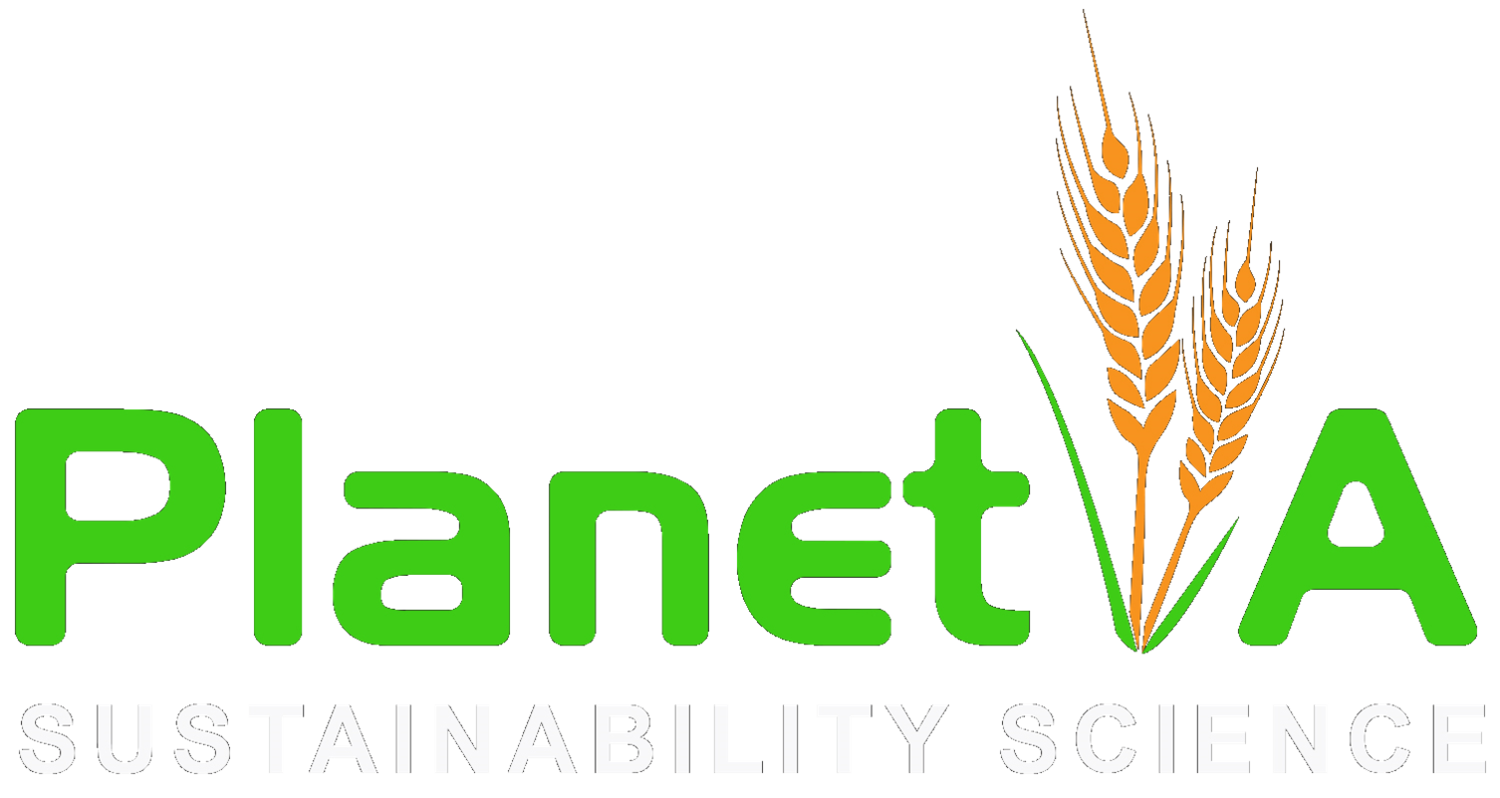Reframing water-related ecosystem services flows
2021
Authors
Lin, J., Huang, J., Hadjikakou, M., Huang, Y., Li, K. and Bryan, B.A.Abstract
To sustain water-dependent economic and socio-ecological systems, natural capital and its interactions with other types of capital is gaining attention, but a clear understanding of how to manage natural capital sustainably and how to make decisions relevant to water-related ecosystem services is yet to be achieved. In this study, we extended the framing of water-related ecosystem service flows by integrating water quantity and quality; capturing the flows of ecosystem services (i.e., green phase) and degraded ecosystem services (i.e., red phase); and connecting natural capital, built/human capital (i.e., water supply and wastewater treatment), and beneficiaries. We applied this framework to the Jiulong River watershed in China, using hydrological models to model water quantity and quality based on historical observations and experimental data. Our results showed that, during the green phase, the interactions of natural capital and built/human capital significantly improved water quality in downstream areas with higher flows. During the red phase, built/human capital reduced nitrogen by ~ 10% while natural capital further reduced it by over one half, which improved the water quality of degraded ecosystem services. Our extended water-related ecosystem services framework can provide explicit information for integrated basin management via investment in natural and built capital, eco-compensation schemes, and pollutant management.
Fig. 1. An extended framework to assess water-related ecosystem services flow via the integration of natural capital, built/human capital, and beneficiaries. The width of the flow bars shows relative water quantity.


